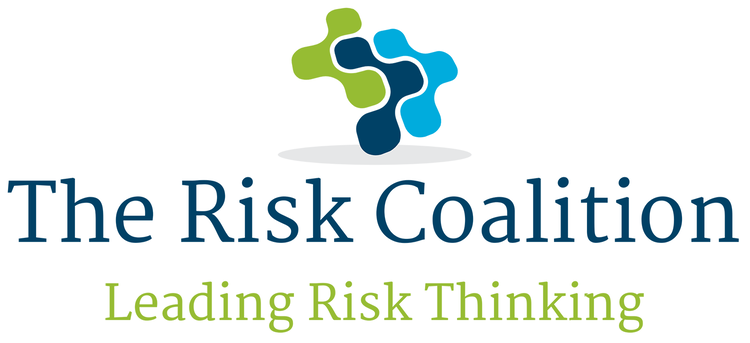The Chair enables effective governance of risk and steers the board’s composition.
The diversity of the board increases its ability to spot opportunities and get on top of risk. It’s needed all the more these volatile times. Where Covid and geopolitics disrupted business models, new possibilities emerged left field in the shifting landscape. The other side of the coin is the proliferation of risk. Differing mindsets build cognitive diversity with fresh, agile and coherent thinking: this helps to make sense of changes and threats now arising.
Rarely has there been greater need for boards to prioritise risk management and the ability to see around dark corners. Yet the composition of many listed (and other) boards indicates concentrations of expertise and sector experience. Such concentrations may limit peripheral or future vision, as well as depth of debate.
To what extent does the make-up of such boards reflect the Chair’s personal stance on risk, particularly when non-executives are drawn from the board’s network? According to Life in the Boardroom 2021-2022, a recent survey by MM&K, “45% of NEDs and Chairs were appointed by personal contact, continuing an increasing trend since 2016”. While this doesn’t rule out candidates with breadth of experience and an independent view, such ring-fencing and shoulder-tapping is more conducive to groupthink and blind spots. There may be insufficient left-field thinking to grasp complex risks beyond traditional patterns and dependencies.
At what point does a collegiate board morph into a blinkered one?
Chairs shape a vacancy spec and its fulfilment with their nomination committee. Thus, a Chair’s understanding of the fullest nature of risk, and appetite to address it, are key factors in the selection of non-executives – and hence, the company’s management of risk, since appointed NEDs oversee its governance and outcomes.
A critical test for any board is whether it can be trusted to call out the elephant in the room. There are too many examples in the public domain where this failed to occur. It’s for Chairs to ensure their boards have the diversity of thinking style and experience to span material vertical gaps with strategic intent. Similarly, to trace major operational consequences horizontally across the organisation and beyond. Absence of this constitutes a risk in itself. The dynamic between Chair and CEO can help or hinder boards in accomplishing this.
Companies which treat ESG and S.172 reporting as box-ticking exercises are vulnerable to risks they sideline in the process.
In conclusion, a board’s risk committee and the executive risk function operate within a system of structure and process. But the Chair’s role in appointing board members and setting the board agenda affects the way the system works. Let us acknowledge the Chair has a complex, often tricky, balancing act to perform this well - and a lonely one at that.
Michele Gorgodian is a non-executive director, and founder of Integra which delivers executive coaching and change consulting to corporate clients.

